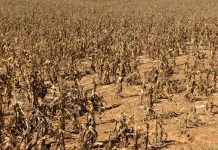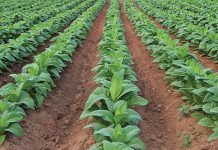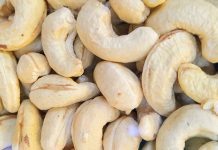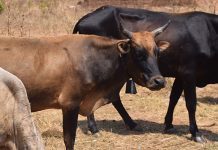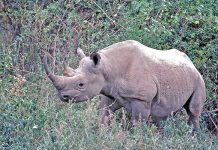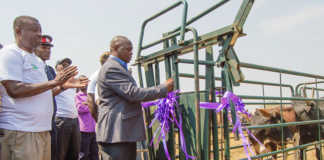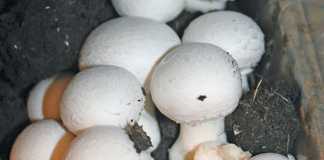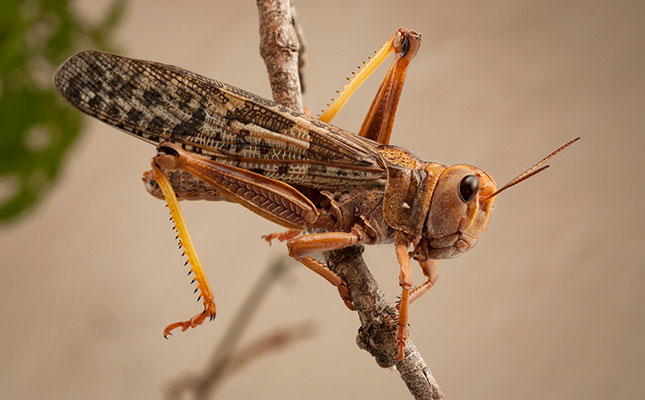
Photo: Piotr Naskrecki | Wikimedia
Dr Gerhard Verdoorn, operations and stewardship manager at CropLife South Africa, has warned that the recent huge outbreaks of brown locusts (Locustana pardalina) in Southern Africa could cause a humanitarian crisis.
In an interview with Farmer’s Weekly, he said that outbreaks “of note” had been reported in Namibia, Botswana, and the Karoo area of South Africa.
The outbreak in the Karoo expanded deep into the Kalahari, as far as Van Zylsrus and Askham.
“In the Northern Communal Areas of Namibia, natural grazing has been destroyed by the swarms, and the insects are now attacking crops such as the staple crops of maize and pearl millet, or mahangu, as it’s known. The same is happening in the northern parts of Botswana, and large outbreaks are also still being reported all over the Karoo,” Verdoorn said.
According to a Reuters report, swarms of the pest had so far destroyed 719 000ha of grazing land and approximately 1 200ha of crop fields in 10 of Namibia’s 14 regions. This was the third outbreak so far in the 2020/21 season.
Reuters stated that Namibia’s Karas region along the South African border had been the hardest hit, with 775 000ha of grazing affected. Grazing land in the fertile Zambezi region had also suffered extensive damage, and the Ngamiland region in Botswana had been particularly hard hit.
The Food and Agriculture Organization of the United Nations (FAO) was among seven international bodies and local farming organisations providing technical help and material to combat the locusts.
The FAO previously announced that it was working with the Southern African Development Community and the International Red Locust Control Organisation for Central and Southern Africa to support the governments of countries affected by locusts.
According to Verdoorn, the fact that the Namibian authorities had failed to take the necessary precaution by not ordering sufficient pesticides had exacerbated the situation.
“The pesticides needed for large-scale outbreaks are manufactured according to specific formulations and are not readily available in retail shops. That is why it is of such major importance that they should be ordered timeously. It’s no use waiting until the actual outbreaks occur,” he said.
Verdoorn added that the outbreaks that had so far occurred in South Africa, Namibia, Angola and Botswana formed part of a single complex that developed after the good rainfall in 2020/21.
“Populations can reach plague proportions. A few years ago, I witnessed a swarm that was 30km in length and 17km wide between Prieska and Vosburg,” he said.


